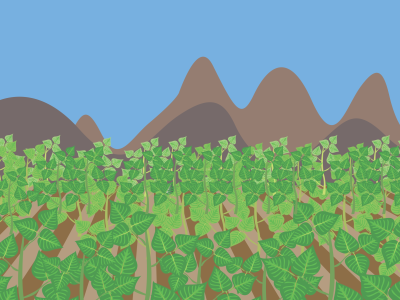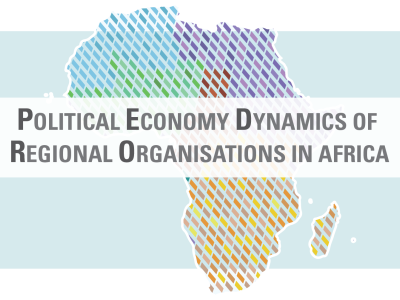
Sustainable food systems through diversification and indigenous vegetables: An analysis of the Arusha area
This report shows the findings of our two-year research around Arusha in Tanzania, where we looked at how integrating indigenous vegetables into Arusha’s food system could help achieve greater social, environmental and economic sustainability.
Summary
The unsustainability of food systems around the globe is one of the greatest current threats to human and planetary health. Not only does it lead to malnourishment and hence poor health, but it is also the cause of soil degradation, biodiversity loss and, ultimately, contributes to climate change. Globally, the call from scientists, farmers, consumers, and governments for a ‘great food transformation’ towards sustainable food systems and healthy diets is getting louder. However, each food system has different characteristics and, therefore, unique pathways towards sustainability.
One pathway to more sustainability – which acts as a guiding principle for the various unique pathways – is to support diversified agroecological systems. One way to diversify is to better integrate indigenous vegetables. Despite their potential, indigenous vegetables are routinely neglected by policymakers. There is limited information on the factors and actors that are currently hindering the benefits of indigenous vegetables to materialise, and how governance and policy can support indigenous vegetables in diverse contexts.
This report, a major outcome of the Sustainable Agrifood Systems Strategies (SASS) programme, aims at filling this knowledge gap and presents the preliminary results of two years of interdisciplinary research and dialogue activities in Arusha, Tanzania, on the diversification pathway. It describes the food system(s) of rural, peri-urban and urban areas in and around Arusha, diagnoses the drivers and constraints for better integration of indigenous vegetables, and helps to decide on pathways towards more sustainability.
Our governance analysis, highlighting key actors and their interlinkages and unpacking drivers of and constraints to the integration of indigenous vegetables, led to the identification of several entry points for stronger integration of indigenous vegetables in Arusha. In collaboration with local stakeholders, we charted four ‘pathways for change’.









